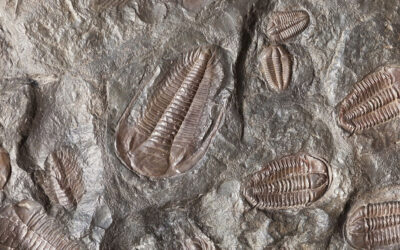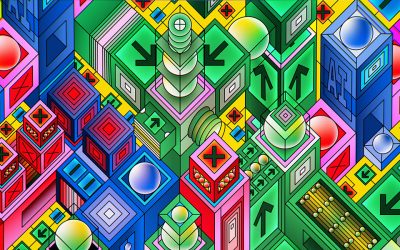With the COVID-19 pandemic threatening public health and rapidly spreading around the world through tiny, invisible biological objects, more than ever do we need to seek connection with one another. During this time, we have been inspired to expand and enrich our cross-disciplinary collaboration and “Art Science”[1] creations to encompass what is currently happening around the globe.
There exists a vast documented history of pandemics, from the Black Death to COVID-19 (i.e., SARS-CoV-2, severe acute respiratory syndrome, coronavirus), which describe how they shaped national and international politics — and how these pandemics changed economic policies, shaped societies, produced new technologies, and influenced artists, writers, musicians, and intellectuals responding to how societies faced their mortality and sudden death. This historical material reminds us all to keep in the forefront of our mind — specifically, in the prefrontal cortex that enables us to plan for and make intelligent decisions about our present-future[2] — the provisional and transitory nature of life.
______________________________________________________________________________
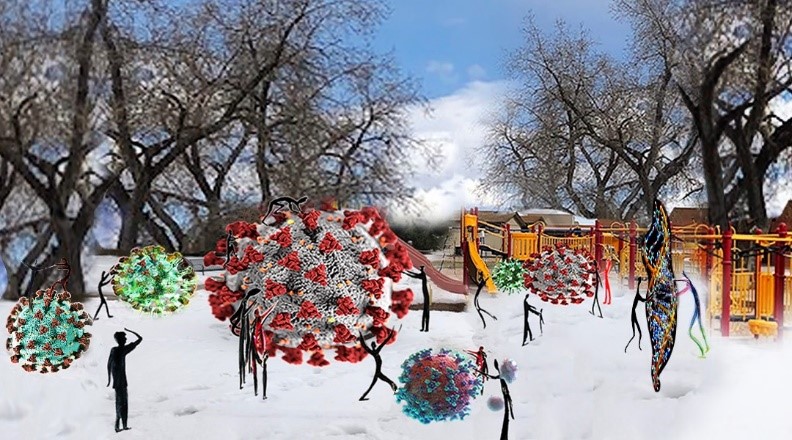
Play and Learn: The scientific illustrations of the Coronavirus we metaphormed in this feature image were created at the Centers for Disease Control and Prevention (CDC). Quoting their description: “they reveal ultrastructural morphology exhibited by coronaviruses … the spikes that adorn the outer surface of the virus, which impart the look of a corona surrounding the virion, when viewed electron microscopically. A novel coronavirus, named Severe Acute Respiratory Syndrome coronavirus 2 (SARS-CoV-2), was identified as the cause of an outbreak of respiratory illness first detected in Wuhan, China in November 2019. The illness caused by this virus has been named coronavirus disease 2019 (COVID-19).”
______________________________________________________________________________
The artwork displayed in this article intimates how a chance natural event can create a widespread human catastrophe; one that involves a molecular biological assembly, a nano-bio-scale material, as exemplified by COVID-19. This virus rapidly propagates, infects humans, replicates, destroys life, and potentially devastates civil society in unimaginable ways on a global scale.
Pandemics have no geographical borders and cultural divide. They change our relationship with nature, radically disrupt the structure and cohesion of societies without warning, and change the way humans interact among themselves and the environment, as implied below. Pandemics are chaotic and traumatic life-altering events that overwhelmingly touch every aspect of human life and the human sensorium,[3] altering social, economic, and political stability. They cause humans caught up in the event to think seriously about moral, ethical, philosophical, and religious matters.
These profound human dramas have influenced the genre of art that has emerged throughout the history of plagues and remind us of the choices we make and reactions to the challenges we face. In the history of 14th to 20th century, many masterpieces were created that profoundly depict, through the eyes of the artist, parables and chronicles of the time.
It’s worth recalling in The Three Musketeers, written in the 19th century by Alexandre Dumas, the phrase “All for one and one for all, united we stand divided we fall”. This poignant adage emphasizes we are all in the COVID-19 pandemic together, all the same species and part of the entire human race, where we should care for one another in the same way we care for ourselves. This is true not only for the COVID-19 pandemic we are all facing, but also for the equally devastating looming challenges of climate change we will all have to confront in the not too distant future.
Nevertheless, the brightest minds in the world in this area are collaborating and focusing their creative powers on finding solutions while relying on the human sensorium to invent a vaccine that will stop the COVID-19 virus dead in its tracks. We should also be encouraged that some good may emerge from all this biological havoc as we learn how to best deal with this pandemic. These positive learnings assist society in tackling those quintessential global challenges referred to above.
Meeting these disruptive tests to our humanity is a moral imperative that speaks through the directives of conscience and the pragmatism of the human spirit to do the right thing; otherwise, our chances of surviving these global challenges to our existence will be greatly diminished!
The “Art of Science Learning”[4] plays a critical role in helping everyone connect the world of information in personally meaningful, relevant and useful ways — enabling us all to understand how certain information we need to know directly affects our physical and mental health and wellness. Furthermore, it helps us understand and cope with the constant balancing act of Facts versus Fear in managing the development of scientific and medical innovations that can save our lives and future.[5]
______________________________________________________________________________
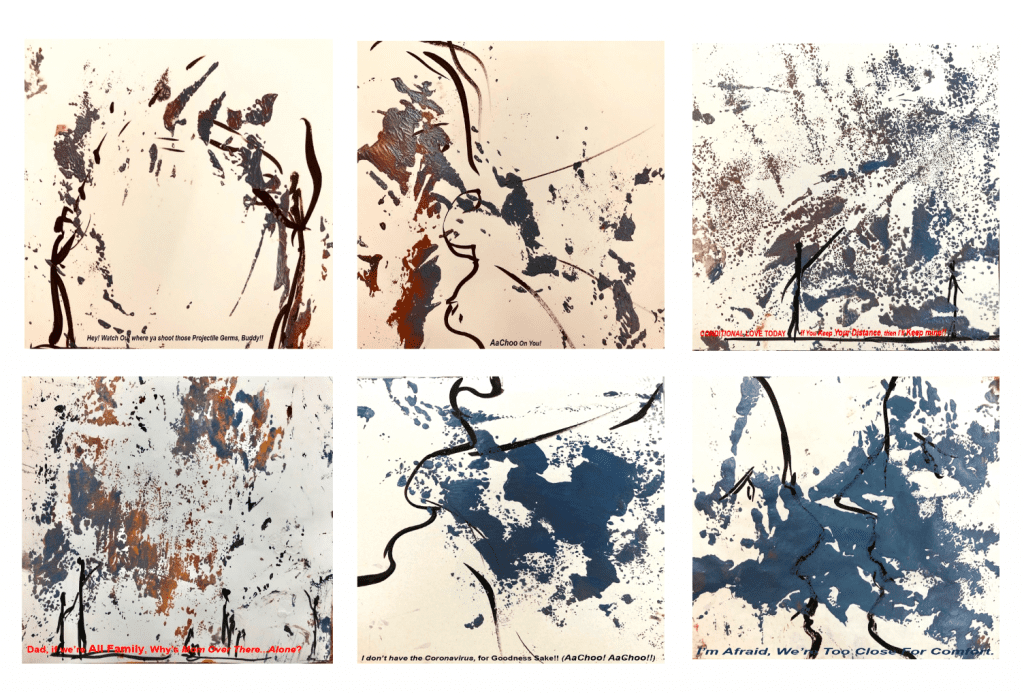
CoronaArt: Everyone, everywhere in the world, is thinking everyday now how human beings are going to win this World War III: “War of the Microbial Worlds” – and not by words alone, but by our concerted actions that require the full participation of nations, individuals, cultures, etc. Indeed, the human sensorium is being challenged to the max! The “sensorium” is defined as “totality of those parts of the brain that receive, process and interpret sensory stimuli. The sensorium is the supposed seat of sensation, the place where impressions from the external world are conveyed and perceived. The sensorium also refers to the entire sensory apparatus of the body. In medicine, “sensorium” is sometimes used as a generic term for the intellectual and cognitive functions,” www.medicinet.com. Artwork courtesy of Geoffrey Ozin and Todd Siler, www.artnanoinnovations.com.
______________________________________________________________________________
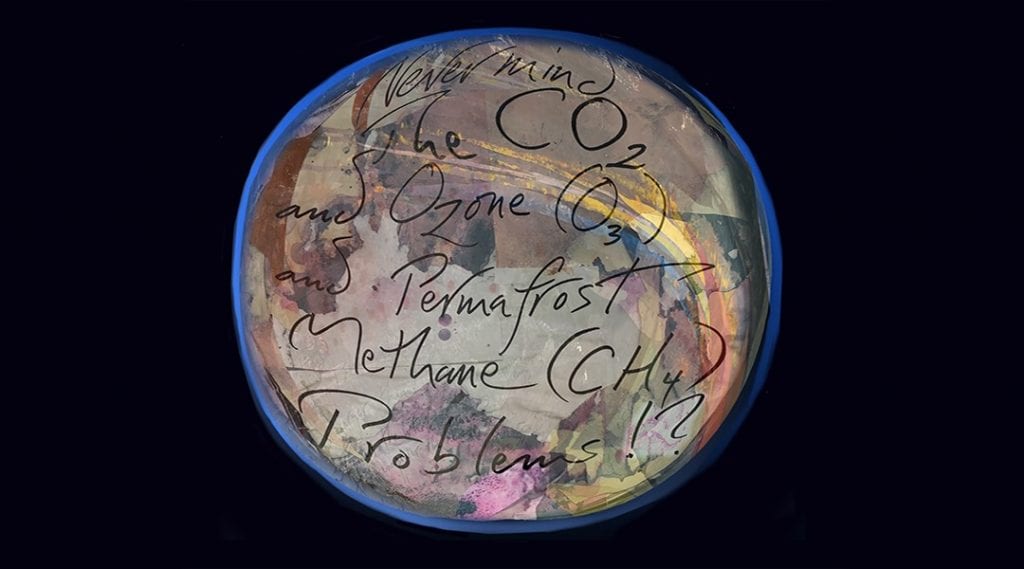
“Never Mind?!” Tackling these quintessential global challenges (CO2, O3, CH4) naturally taps the power of our collective minds to collaboratively innovate and educate. Applied imagination and knowledge engage divergent and convergent thinking, which leads to breakthroughs, scientific and medical discoveries and practical innovations. Especially, when we augment this creative power through A.I., M.L., and V.I. (Virtual Intelligent) systems. In fact, when we “focus our minds on finding solutions”, we challenge the technology-enhanced human brain to “solve unsolvable problems” – no matter how “impossible” the challenge! The History of Invention & Innovation reaffirms this reality. Artwork courtesy of Geoffrey Ozin and Todd Siler, www.artnanoinnovations.com.
______________________________________________________________________________
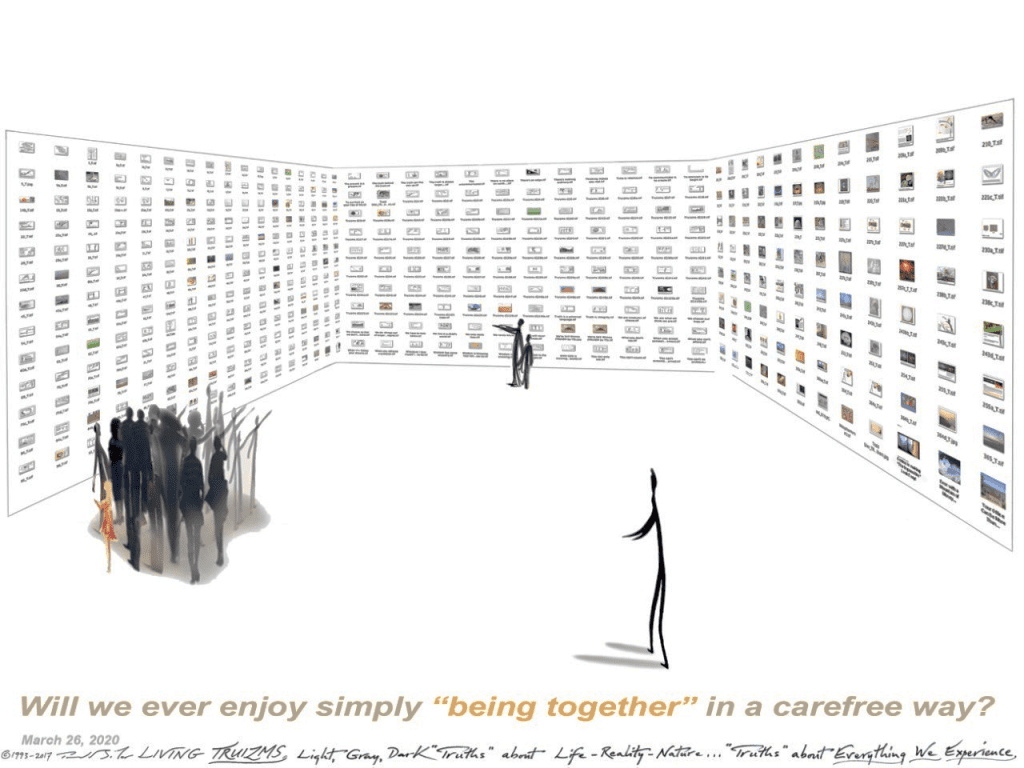
Being Together
______________________________________________________________________________
Rationing Life and Death
Ponder this recent article, “Who Should Be Saved First? Experts Offer Ethical Guidance,” in The New York Times (March 24, 2020, Updated 1:08 p.m. ET) by Austin Frakt. The journalist reports: “Well before rationing caused by coronavirus, protocols were established about who lives and who dies.” He relates the following, which should make everyone reading this opinion article stop in their tracks, and think: “It would be irresponsible at this point not to get ready to make tragic decisions about who lives and who dies,” said Dr. Matthew Wynia, director of the Center for Bioethics and Humanities at the University of Colorado. Frakt continues, “Facing this dilemma recently — who gets a ventilator or a hospital bed — Italian doctors sought ethical counsel and were told to consider an approach that draws on utilitarian principles.”
“In layman’s terms,” writes Frakt, “a utilitarianism approach would maximize overall health by directing care toward those most likely to benefit the most from it. If you had only one ventilator, it would go to someone more likely to survive instead of someone deemed unlikely to do so. It would not go to whichever patient was first admitted, and it would not be assigned via a lottery system. If there are ties within classes of people, then a lottery — choosing at random — is what ethicists recommend.”
In a paper in The New England Journal of Medicine published Monday, Dr. Ezekiel Emanuel, vice provost for global initiatives and chairman of the Department of Medical Ethics and Health Policy at the University of Pennsylvania, and colleagues, offer ways to apply ethical principles to rationing in the coronavirus pandemic. These too are utilitarian, favoring those with the best prospects for the longest remaining life.
In addition, they say prioritizing the health of front-line health care workers is necessary to maximize the number of lives saved. We may face a shortage of such workers, and many (some very senior) have already fallen ill or died. [6, 7]
A Very Personal Thought
As now I am categorized as a senior “vulnerable” citizen, the COVID-19 pandemic has made me feel at risk from a deadly disease from which I may not recover. While optimistic I might survive the new experience of an invisible threat to my life and facing mortality, I have moved from shock and disbelief to a kind of acceptance that the outcome will be a painful death, not from dying but the pain of severance from my loving wife and the pain she will have to bear.
Written by: Geoffrey Ozin[1] and Todd Siler[2]
[1]Solar Fuels Group, University of Toronto, Toronto, Ontario, Canada, Email: [email protected], Web sites: www.nanowizard.info, www.solarfuels.utoronto.ca, www.artnanoinnovations.com. [2]ArtScience Productions, Denver, Colorado, USA, Email: [email protected], Web Site: www.toddsilerart.com/home.
References and notes:
- “ArtScience: Integrative Collaboration To Create a Sustainable Future,” Bob Root-Bernstein, Todd Siler, Adam Brown, Kenneth Snelson, Leonardo, Volume 44, Number 3, June 2011 (The MIT Press), p. 192 (Article)
- “NeuroArt: Picturing the Neuroscience of Intentional Actions in Art and Science,” Frontiers in Human Neuroscience | www.frontiersin.org July 2015 | Volume 9 | Article 410 PERSPECTIVE, doi: 10.3389/fnhum.2015.00410
- Phillippe Hamou, “The Human Sensorium: Optical Images, Cerebral Pictures, and Sensory Ideas in the Age of Newton. Art and Knowledge, Artist’s Optical Knowledge.” Max-Planck-Institut Fur Wissenschaftsgeschichte (Project 2014-2015); www.mpiwg-berlin.mpg.de/research/projects/15628-FG_Dupre_Hamou_Philippe_The-Human-Sensorium.
- Seifter, Harvey et al. “The Art of Science Learning”, Phases 1&2, funded by the National Science Foundation: www.artofsciencelearning.org/metaphorming.
- Todd Siler, Ph.D. and Mark A. Levine, M.D., William S. Silvers, M.D., “Understanding The Balance of Hope and Fear in Realizing Human Potential,” UNESCO 2020 Abstract for 14th World Conference on Bioethics, Medical Ethics & Health Law, May 11-14, 2020, Porto, Portugal.
- “Who Should Be Saved First? Experts Offer Ethical Guidance” By Austin Frakt, March 24, 2020, Updated 1:08 p.m. ET.; www.nytimes.com/2020/03/24/upshot/coronavirus-rationing-decisions-ethicists.html
- “If it gets bad, Colorado doctors have a plan for who gets lifesaving coronavirus treatment – and who doesn’t” By John Ingold @johningold, The Colorado Sun – [email protected], March 24, 2020, 3:00AM MDT.















